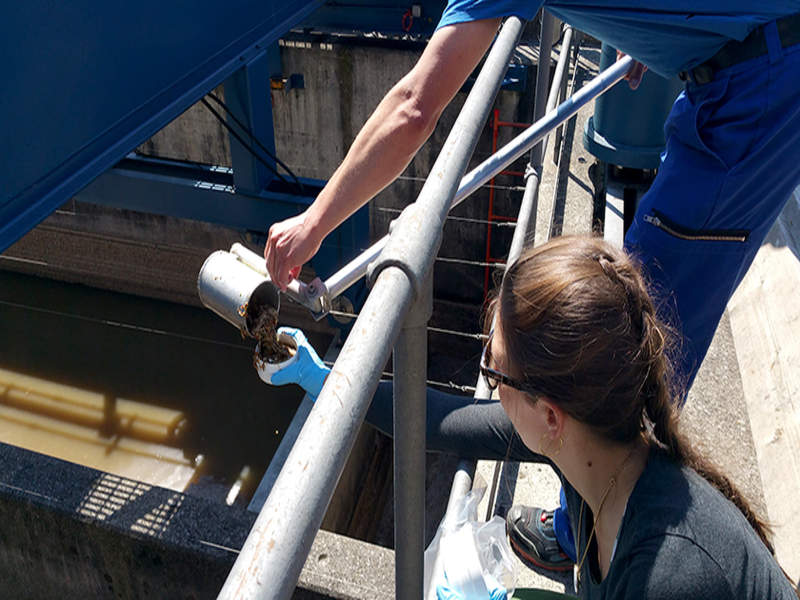
Approximately CHF3m ($3.07m) of gold and silver is lost every year via effluents and sludge from wastewater treatment plants in Switzerland, according to a study by Eawag research institute.
The study was carried out by a group of researchers led by Eawag environmental chemists Bas Vriens and Michael Berg, and also confirmed the presence of rare earth metals such as gadolinium and the heavy metal niobium.
The findings are the result of a quantitative assessment of elements discharged in effluents or sewage sludge, covering 64 wastewater treatment plants across the country.
In terms of kilograms per annum, the nationwide fluxes comprise 3,000kg of silver, 43kg of gold, 1070kg of gadolinium, 1,500kg of neodymium and 150kg of ytterbium.
The scientists ruled out the commercial viability of the recovery of elements from the sludge.
In a statement, the study noted: “Overall, however, according to the researchers, the recovery of metals from wastewater or sludge is scarcely worthwhile at present, either financially or in terms of the amounts which could be extracted.

US Tariffs are shifting - will you react or anticipate?
Don’t let policy changes catch you off guard. Stay proactive with real-time data and expert analysis.
By GlobalData“The study focused primarily not on recovery value, but on fluxes and mass balances: this is the first time trace elements in wastewater have been systematically surveyed for an industrialised country.”
Commissioned by the Federal Office for the Environment, the study stated that high concentrations of gold were found in sewage sludge at certain sites in Ticino, adding that recovery in the area could be potentially worthwhile.
Occurrence of high levels of gold in sludge wer attributed to the presence of several gold refineries in the region.



